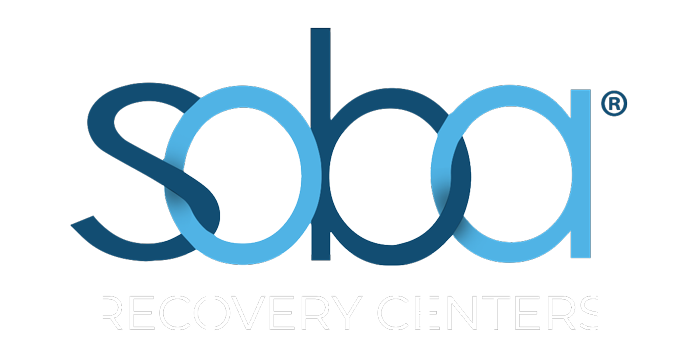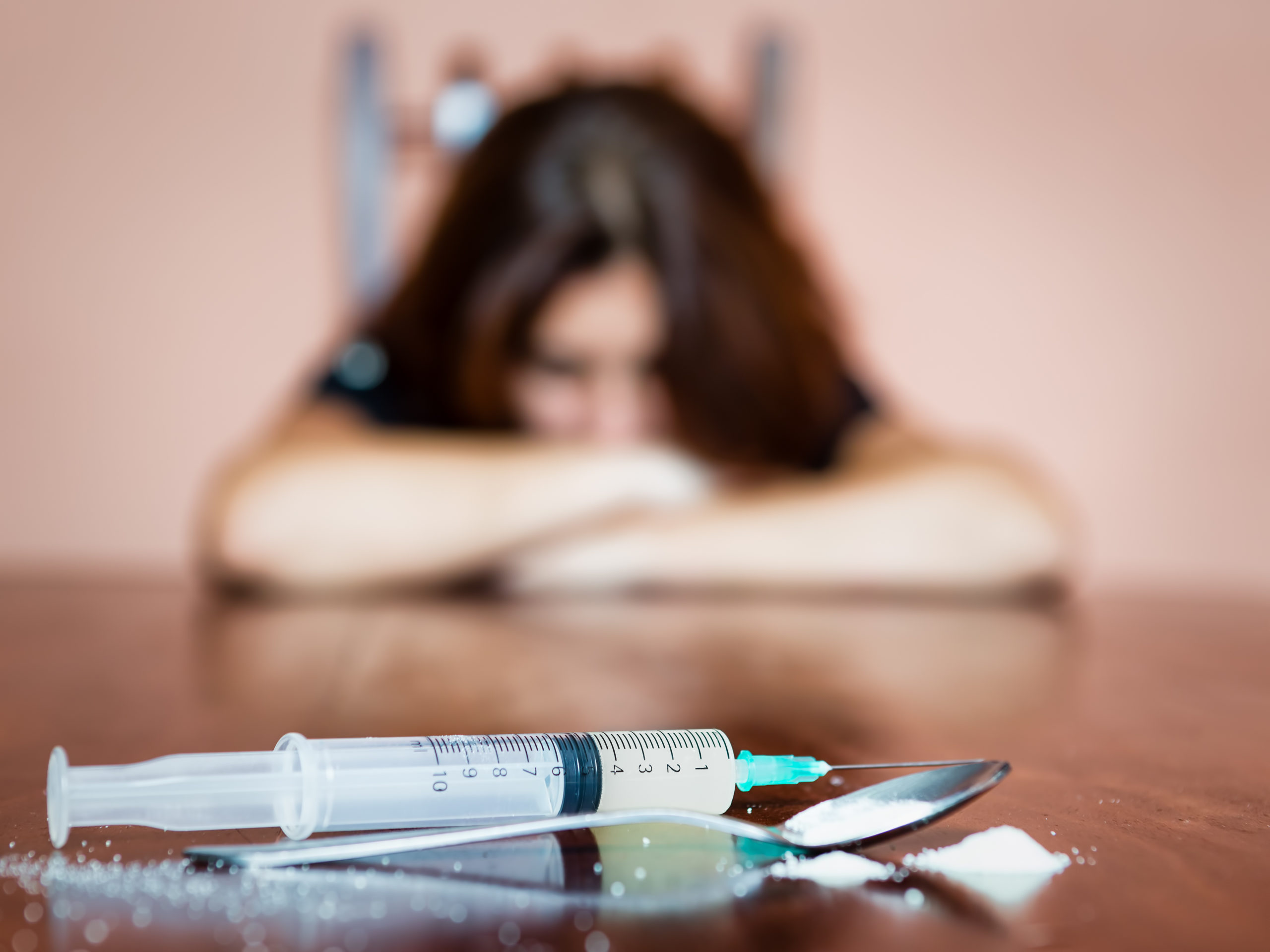Heroin is an opioid drug derived from morphine. Heroin is sometimes called by other names, including smack, hell dust, and big H. Heroin can be either a white or brown powder or a black and sticky tar-like substance known as black tar heroin. Heroin is used in a variety of ways, including injection, smoking, and snorting. In some cases, people mix heroin with crack cocaine to form an even more potent substance. This practice is called speedballing.
Since 2007, the rate of heroin use in the United States has continued to climb. According to the most recent National Survey on Drug Use and Health published in 2016, the most prevalent demographic for this increase is among adults ages 18-25. In direct contrast, the rate of use among teens ages 12-17 has been declining and is currently at the lowest levels since 1991. Over the last decade, nearly one-third of all opioid-related deaths involved heroin leading to the deaths of almost 15,000 Americans in 2018-that’s approximately 130 people per day!
Death from opioid use is preventable with proper heroin addiction treatment ; however, many who need heroin addiction rehab either do not seek it or cannot get it.
What Are the Effects of Heroin?
Heroin use has many short and long-term effects on the body and brain. Initially, heroin enters the brain and attaches to the cells responsible for feelings of pain and pleasure. It also impacts the brain’s areas responsible for essential life-sustaining functions, including heart rate, breathing, and sleeping.
In the short-term, heroin use can result in “rush” (feelings of pleasure and happiness). Despite pleasurable effects in the short-term, heroin can also result in nausea, vomiting, itching, dry mouth, and hot flashes. Long term effects of heroin include a wide range of medical difficulties, including liver and kidney disease, lung complications, mental disorders, and sexual dysfunction, among others.
How to Recognize Heroin Addiction
Heroin is highly addictive, and those who regularly use it generally develop a tolerance that requires higher and more frequent doses to get the desired effects. Those who are addicted to heroin often exhibit changes in mood and behavior. Also, there are physical signs to look for, which may indicate a heroin addiction.
Behavior Changes
Heroin addiction can result in significant changes in behavior. Individuals may distance themselves from friends, family, and other members of their social circle. Also, they may exhibit a decline in academic or professional performance.
Physical Changes
Heroin use, whether short or long-term, can cause difficulty breathing, weight loss, and various other physical changes in the body. Heroin can also cause extended periods of drowsiness, a sudden reduction in energy, and a lack of muscle coordination.
Drug Paraphernalia and Needle Marks
Heroin can be consumed in a variety of ways, including injection and snorting. Someone who is struggling with a heroin addiction may have visible puncture marks on their arms or other places in their bodies. As the arms have become the most common place people look, some long-term users have resorted to injecting in different places on the body, including between the toes, the thighs, or the ankles.
Injection is the most common way of taking heroin, so someone who has syringes without a valid medical reason could potentially be using heroin or another injectable drug. For powdered heroin to be made injectable, it must be made into a liquid, so the presence of filters, a lighter or candle, and burned or charred spoons may also be indicative of a problem if they are found in conjunction with other indicators of heroin addiction.
Heroin Addiction Treatment and Rehab
A wide range of heroin addiction treatments, including medications and behavioral therapies, have been proven effective in helping people overcome heroin addiction. For treatment to be the most successful, treatment plans must be individualized to meet each patient’s needs.
The initial withdrawal stages from opioid addiction, including heroin addiction, can bring about intense and sometimes dangerous withdrawal symptoms. Thus, it is essential to undergo detox (sometimes also called medically assisted detox) at a heroin addiction (rehab) treatment center where trained medical professionals can closely monitor the initial stages of detox and ongoing treatment.
Once the body has cleansed itself of heroin, it is possible to begin an intensive treatment program. Addiction treatment programs must be individually designed to achieve the best results. Through a combination of behavioral therapy, counseling, and a focus on developing new and healthy lifestyle skills, sobriety is possible.
Beat a Heroin Addiction With Soba Recovery Center
Our renowned treatment team at Soba Recovery Center is highly trained to provide individual, one-on-one therapy designed to treat all aspects of addiction. We believe the key to addiction treatment’s success is to provide individualized care from the beginning of your journey through to sober living options we provide for our alumni. If you are ready to seek heroin addiction treatment, reach out to Soba Recovery Center today.



